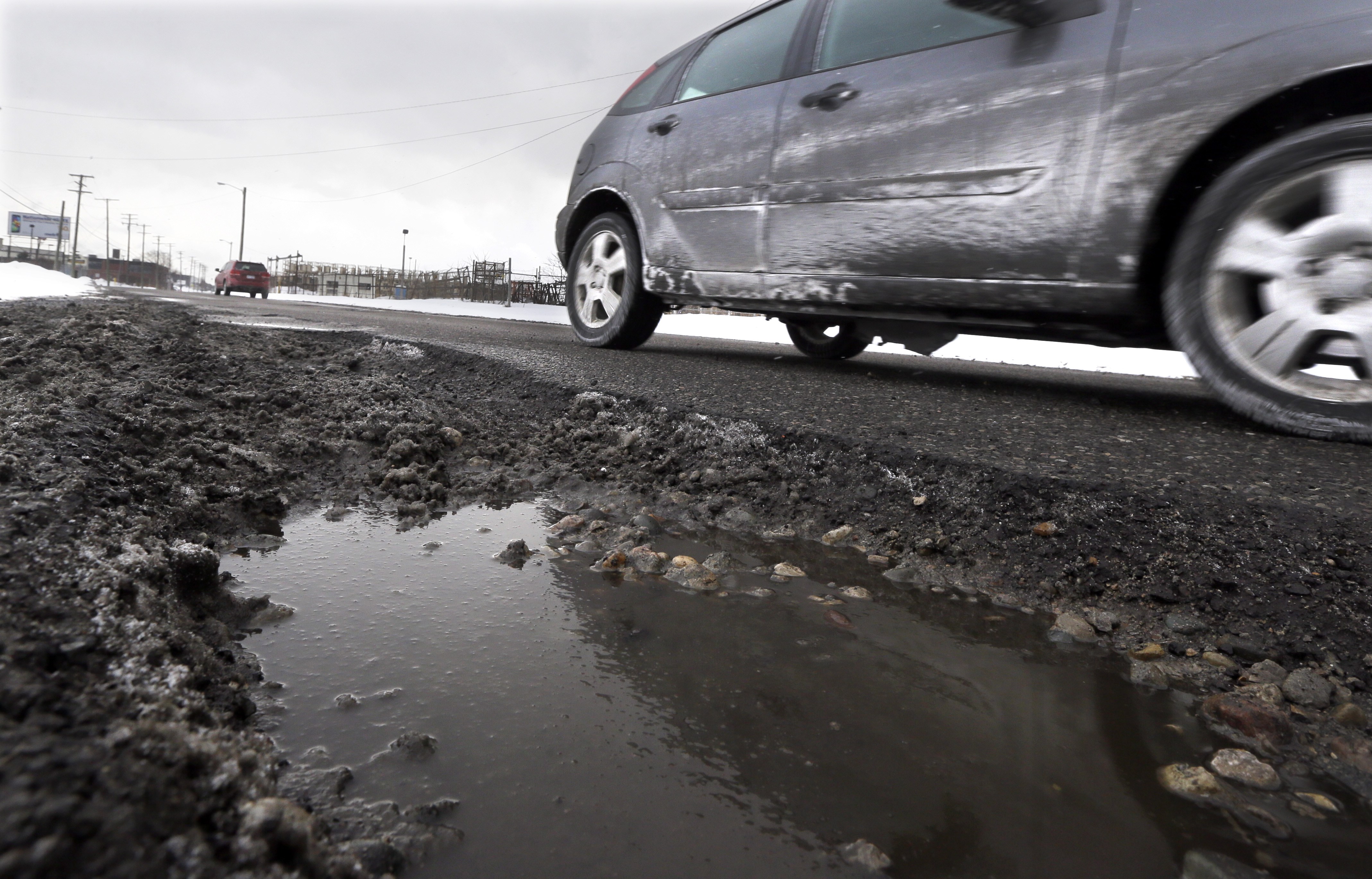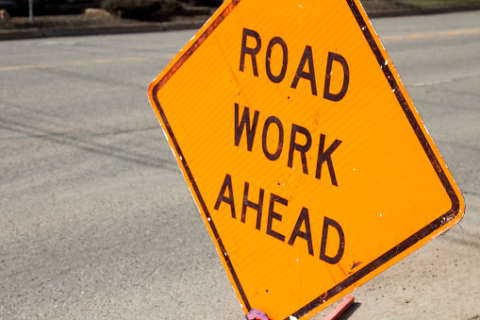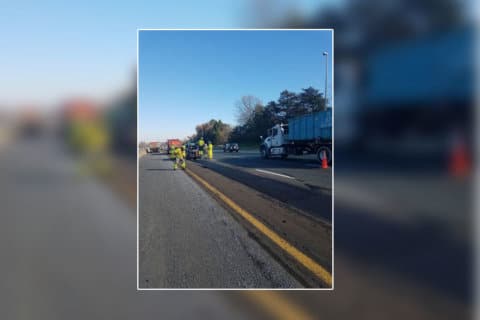Pothole-pocked neighborhood streets, at least the busiest ones, could get more of a focus in Virginia’s repaving efforts if a new policy moves forward and more money is found.
In addition, the Virginia Department of Transportation is looking at significant changes to how it addresses bridge problems by taking better care of bridges on an ongoing basis to limit the number of total replacements needed.
“We need to change our business model,” Commissioner Stephen Brich said. “We need to be able to have a significant portion of those funds … go to preservation activities simply to get a greater return on the investment.”
For bridges, getting a slow glide of declining average conditions rather than a steep drop-off in a few years means thinking long-term rather than just considering whether the bridge is at risk of failing in the near future.
Over the last decade, the approximately 2,100 “worst of the worst” bridges — about 10% — have been overhauled or replaced, but that has meant others have continued a slow decline, Brich said, which could lead to an unsustainable need for continued expensive complete replacements.
For roads, the change is set to include a shift of some paving funding to the busiest secondary roads with failing asphalt from some less busy primary roads.
Forty percent of secondary roads today are in poor condition, compared to 15% of primary roads and 10% of interstates.
However at current spending levels, VDOT projects interstates would slide to around one-third of all lane-miles in poor condition over the next decade. It would take an additional $28 million per year for the next six years to significantly limit that decline.
On secondary roads, nearly half the busiest roads are currently in poor condition, so VDOT is proposing a new increased focus on paving the busiest secondary roads, maintaining current standards for busy primary roads, and somewhat dropping pavement expectations for less-busy primary roads carrying fewer than 3,500 vehicles per day.
Under the change, VDOT would spend slightly less on primary roads over the next few years, but would need to increase spending (before adjusting for inflation) starting in about six years.
The slight savings from the primary roads could partially support a $25 million increase in secondary road paving efforts each year for the next six years to get key roads up to par. The state could then slightly back off that increase for the following decade.
The changes would call for about $38 million more each year in total paving spending over the next six years, and $74 million per year for the remainder of a 20-year period (in 2019 dollars). VDOT believes that would end up being less than would be required to meet current, higher pavement condition standards, but it is unclear where the funding would come from.
“To create a sustainable program, we’re looking at additional funds for the pavement program as a whole,” Brich said.
Impact from the pavement plan changes could start to become apparent within just a few years, while bridge strategy changes would play out over decades, Brich said.
The changes to bridge plans would aim to use current funding levels to meet new targets of maintaining bridges for many more years into the future rather than performing more expensive replacements after the bridges break down.
That spending plan does not include larger structures. A separate plan for those is expected to be detailed next month.
VDOT expects to submit a report on long-term maintenance and operations plans to the General Assembly on time in December.
Lawmakers are also expected to consider ideas this winter for changes to Virginia’s road funding methods given the risks of reliance on gas taxes and sales taxes.







